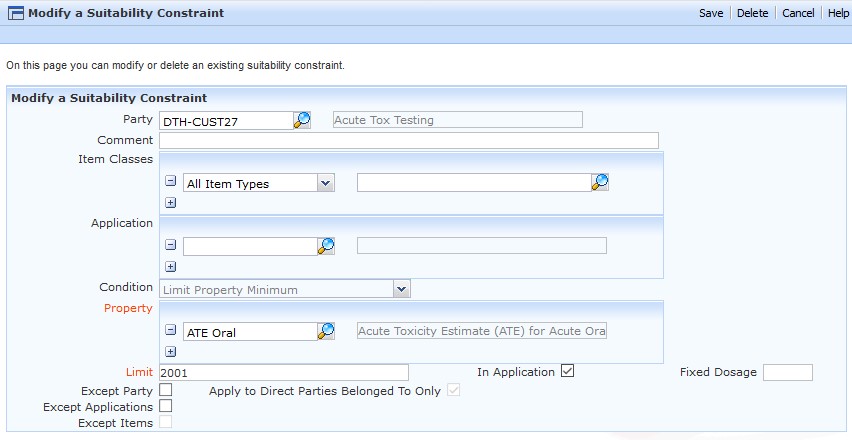Suitability – Add Constraint for Acute ToxicityThe acute toxicity hazards e.g. Harmful if swallowed H302, Harmful in contact with skin H312, are based on LD50 calculations and do not have a TFV hazard. Therefore, if we want to avoid these hazards in application, we cannot use a ‘Property Maximum’ condition and instead need to use the condition ‘Limit Property Minimum’ targeted at the Acute Toxicity Estimate (ATE) Properties. Example 1: Avoid Toxic / Fatal if Swallowed (H301 / H300) classification (and Skull Pictogram) on the product you supply
*From GHS / CLP Category 3 / H301 acute oral toxicity ends at 300mg/kg Example 2: Avoid Harmful / Toxic / Fatal if Swallowed (H302 / H301 / H300) classification in the product application (e.g. avoid label on a reed diffuser produced by your customer)
*From GHS / CLP Category 4 / H302 acute oral toxicity ends at 2000mg/kg  Example 3: Avoid Toxic / Fatal in Contact with Skin (H310 / H311) classification (and Skull Pictogram) in the product application (e.g. avoid label on a reed diffuser produced by your customer)
*From GHS / CLP Category 3 acute dermal toxicity / H311 ends at 1000mg/kg Note: The Skull Pictogram is triggered by Acute Toxicity 1, 2 and 3, but not 4, which triggers the Exclamation Pictogram. Acute Toxicity 5 does not appear in CLP but does in some versions of GHS. Limits for No Skull Pictogram Oral 301; Dermal 1001; Inhalation Gases 2501; Vapours 10.1, Dust/Mist 1.1 Limits for No Exclamation Pictogram Oral 2001, Dermal 2001; Inhalation Gases 20001; Vapours 20.1, Dust/Mist 5.1 As ATEs are only calculated for Formulations and complex Raw Materials this approach does not work for simple Raw Materials. Options are a ‘Property Forbidden’ on GHS_Skull or ‘Limit Property Minimum’ on the LC50 Value. With all suitability constraints, please check the result is as expected. |
|---|
Related Help:





















